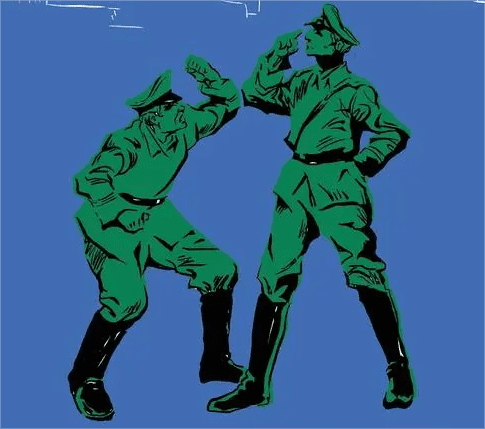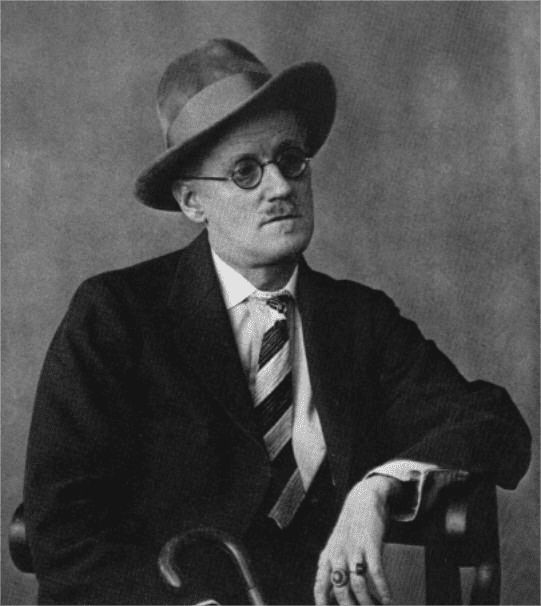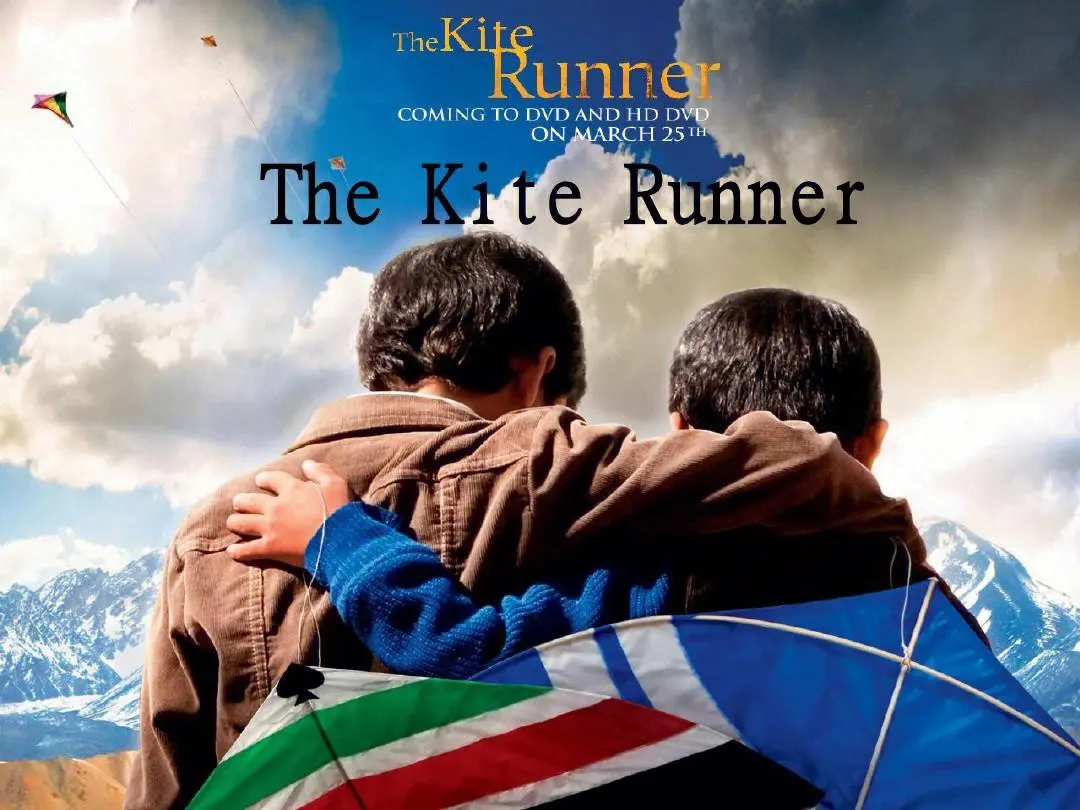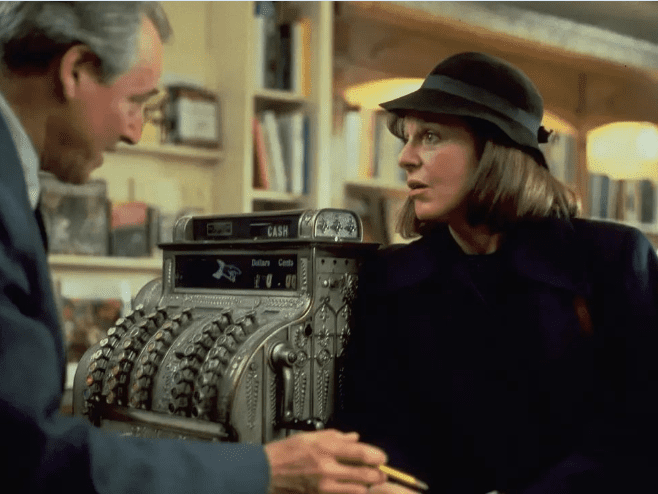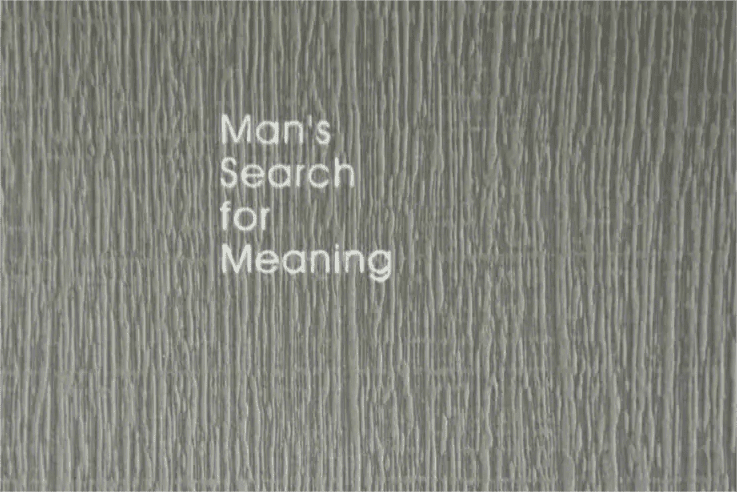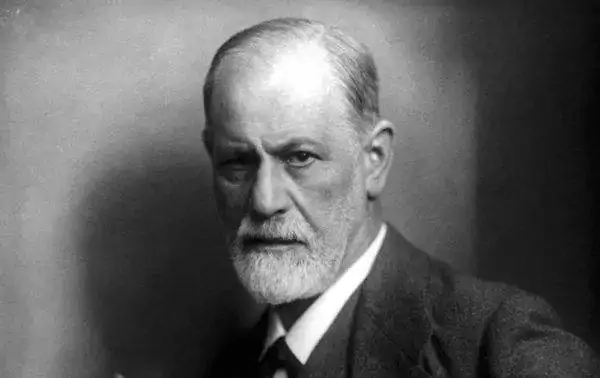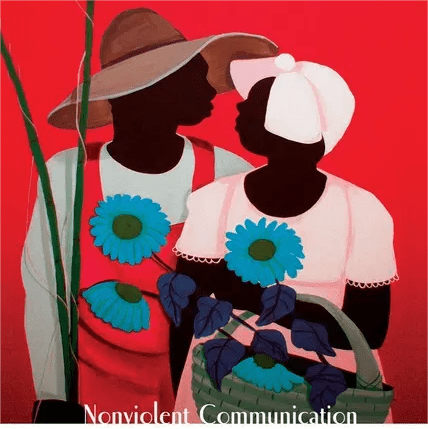“La ciudad y los perros” is an early work of Llosa. When he began to write this book, Llosa was still a young man in his twenties, but at that age, he had the desire to write such a book and the strong impulse to make it a reality. It cannot be said that Llosa is indeed a rare literary genius, like Rimbaud and Marquez. The mature literary thought and the mature novel skills of Llosa at that age are reflected in his body, and also in his first novel works, among which La ciudad y los perrosis a perfect representative.
“La ciudad y los perros” is a sentimental youth novel, but it is not the sentimental youth of some poor, third-rate domestic writer. It is a work that reaches into the soul of a young man, a work that can be compared with “The Catcher in the Rye” or “The Sorrows of Young Werther,” but unlike those two, “The City and the Dog” conveys a breadth and depth of social life that is far beyond their reach. In contrast, The Catcher in the Rye focuses more on the rebellious description of youth to criticize reality, while The Sorrows of Young Werther simply describes the sentimental state of a young man after his love injury. In terms of the wonderful level of the story, these two works can hardly be compared with City and Dogs.
“La ciudad y los perros” tells the story of a few young incredible military life, the beginning of this book begins with the thrilling stealing exam paper, “circle” boss “leopard” urged the mountain Cava to steal the chemistry test paper, but the cava accidentally broke a piece of glass, so that the officers know the paper was stolen, but there is no way to check, can only punish all not to go out, But “slave” Arana turned Cava in order to get out and meet his crush as soon as possible. In the end, the “jaguar” found out, so he took the opportunity of a drill to kill the “slave”, but for the sake of fame, the school authorities did not investigate the matter, and directly defined the slave’s death as his own killing. “Slave” good friend Alberto in order to give the slave revenge, and the death of the slave and cadet officers behind the back of the officers did tell lieutenant Gambowa, honest Gambowa regardless of a superior’s opposition to the investigation report handed to the colonel, finally the colonel seized Alberto’s handle forced him to withdraw the “leopard” charges. Gambowa was then transferred to a border post by the authorities. Before leaving, the Jaguar told him that he had indeed killed the slave and asked Gambowa to hand him over to the colonel so that he could not serve on the plateau. Gambowa did not do so.
The story is much more exciting than such a simple introduction. There are four clues in the book, which are respectively told from the perspectives of Alberto, the Jaguar, the slave and Boa, another member of the Circle. The first person and the third person cross narrations, which seem to be very chaotic, but in fact, they are in good order. Giving readers insight into the inner world of characters, Llosa is known as the master of structural realism, in fact, there is no dispute. He has told one wonderful story after another with his unique narrative skills, which has already conquered readers all over the world. Moreover, his exploration in the art of narrative in novels has not stopped. Worthy, considering that Marquez had already won the prize nearly 30 years earlier, with “La ciudad y los perros” and “One Hundred Years of Solitude”, both of which were published at the same time and were pillars of the Latin American literary explosion.
In this whole story, the slave is the odd man out, the ensign and the officer are the opposite, the ensign has no one inside who doesn’t bully him, everyone looks down on him, they insult him to the hilt just because he doesn’t fight or go over walls and talk about dirty women like everyone else. At first Alberto bullied him like everyone else, but after an evening conversation the two became inexplicably friends and Alberto stopped bullying him and did not allow others to bully him. Alberto was nicknamed “The Poet” because he had the ability to write novels that no other cadet had. He wrote letters and dirty stories for money, so he got the name “the Poet”. The “Circle” was initially formed by the whole class to resist the fifth grade of their “baptism” organization, in a meeting was found by Lieutenant Gambowa forced disbanded, and then Jaguar organized four people “circle”, the members include Jaguar, mountain Cava, Boa and no sense of existence of Rouros. Alberto has always maintained an aloof relationship with the Circle, while the slave is an enemy who has been abandoned by all, so when the Jaguar learns that he is the one who turned Cava in, he is motivated to kill. And the slave went out to see the girl he did not see, her name is Teresa, this woman will be three men together, the slave secretly love her, Alberto went out to help the slave to convey the message and fell in love with her, and she is the leopard before the military school when the thief girlfriend, but she is a good girl.
The novel is named “La ciudad y los perros”, but there is only one dog in the novel, its name is Marba Beada, is a stray dog in the military academy, and then adopted by Boa, Boa has special feelings for this dog, although he has bullied it several times, but he treats it better than people, he can find the feeling of love in this dog. Does Malba Beada symbolize anything? And the military school in the vicuna, they are animals, but they turned out to be the school in the kindest. In the academy, the sanctimonious faces, the underhanded methods and the arbitrary interpretation of the rules by the officers have taken on a certain catch-22 aspect; The cadets can be said to be almost evil, but from the perspective of these main characters, they are more young frivolous indulgence and domineer, the kindness in human nature is still enough, but sooner or later, when they grow up to become the so-called pillar of the country, when they reach the age of the officers, will they continue to be good? In fact, the officers are just the boys of the future, and it’s just a matter of time.
Llosa showed the world many aspects of Lima — barefooted children playing soccer in the streets, small shops selling alcohol and cigarettes, groaning brothels, squalor bars open all night and the branches looming in the twilight of Miramolol in the late winter mist — without much showy skill. Instead, he touches the grass and trees of Peru, and focuses on the squalor of Lima’s streets, where flesh and blood live for generations in the rambling houses. Peru is America and China, Zambia and Algeria; Lima is New York and Beijing, Lusaka and Algiers; And the city and the dog are also the city and me, thousands of dogs, thousands of me.


